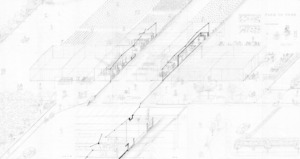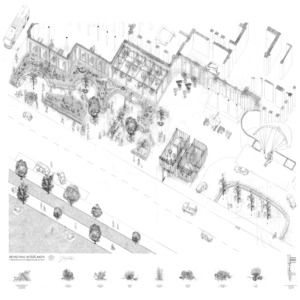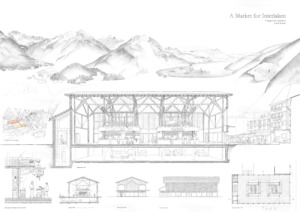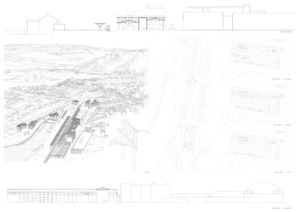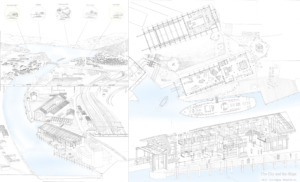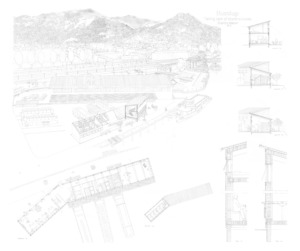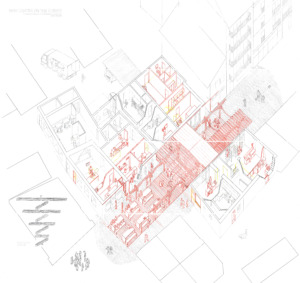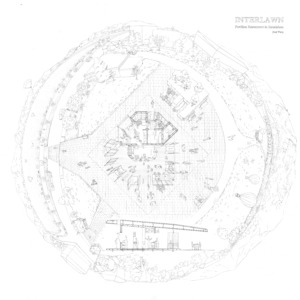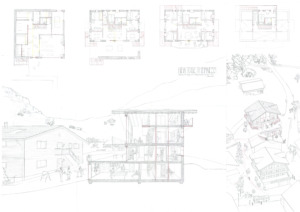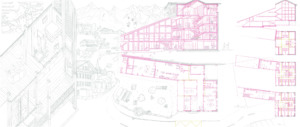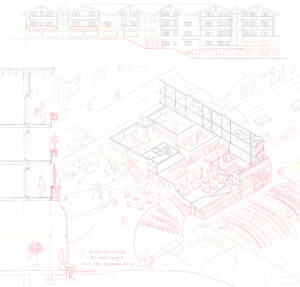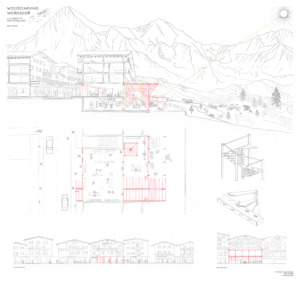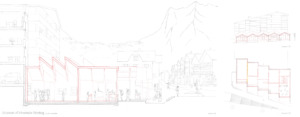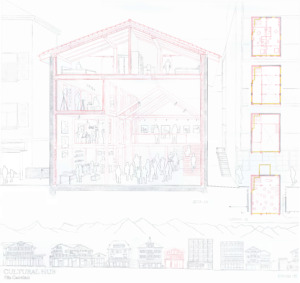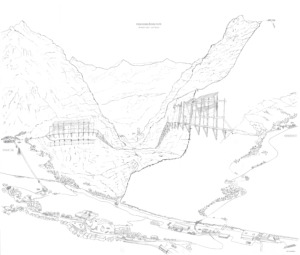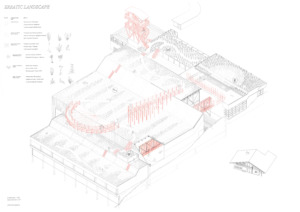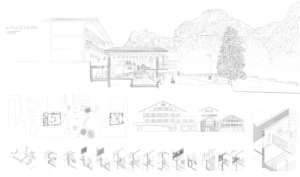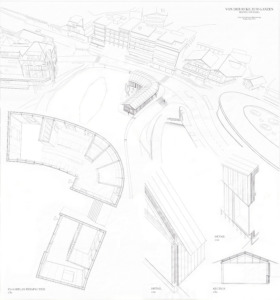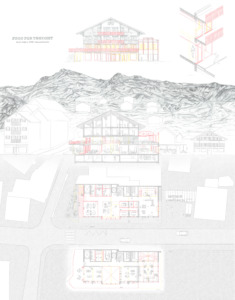FS21
TOURISM BEHAVIOROLOGY IN SWITZERLAND
The tourism industry is one of Switzerland’s most important economic sectors and employs around 4% of the working population. With lakes, forests, mountains and clean air Switzerland has much to offer visitors.
At the crossroads of Europe, Switzerland has always attracted visitors. In the 18th centuries, Romantic literature and art engendered unparalleled enthusiasm for the mountains. In the 19th century, it was discovered that high altitude fresh air had a therapeutic effect on lung disease. Over time other Swiss alpine villages began to market them- selves as health resorts too. In 2015, with 35.6 million overnight stays, the Swiss tourism industry generated around 2.8% of the country’s gross domestic product, or a total of CHF 17.4 billion. More than 170,000 people (full-time-equivalents) work in the tourism industry. Thanks to a steadily growing infrastructure network of hotels, railways, cable cars, shops and restaurants, small mountain villages are able to handle this sheer amount of visitors. But what role do these infrastructures play in the appearance of the small villages and towns, sought by tourists. Do they enhance the or contradict the mental image we have of these places. This semester we want to engage with the question of tourism architecture. What does it represent? How should it look like? What should it offer? And how will the ongoing Corona pandemic and the rising temperature due to climate change affect the tourism industry in the long run?
